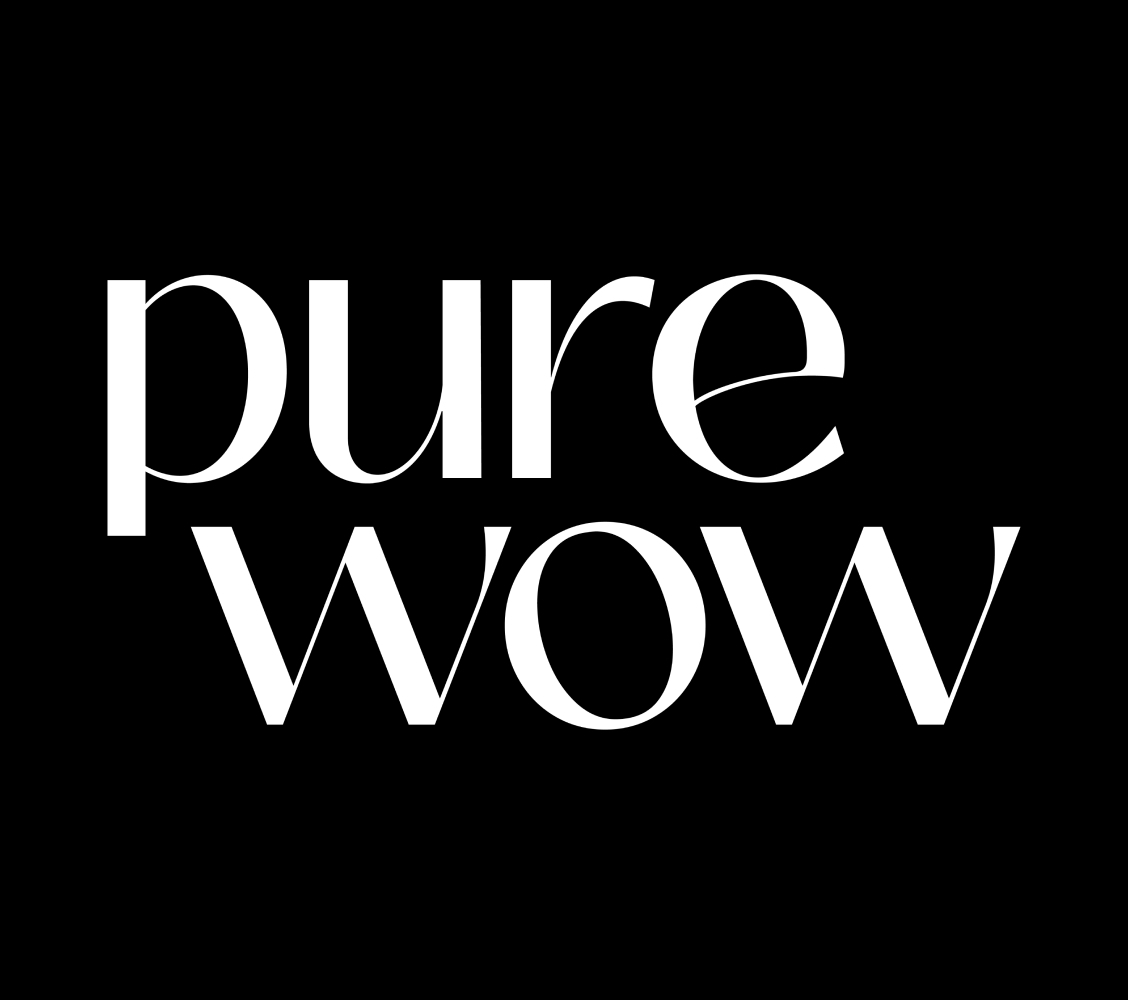In the age of Time’s Up and #MeToo, there’s a welcome spotlight on pay inequality. But did you know the deck is also stacked in terms of what women pay for certain goods and services? Get ready to see red: It’s called the Pink Tax, and it’s a term coined to describe how prices are pumped up for products marketed specifically to women and girls.
Are You Paying More Than You Should, Thanks to the Wildly Sexist ‘Pink Tax’?

According to a 2015 study commissioned by the NYC Department of Consumer Affairs, women pay 7 to 13 percent more for everyday items including clothing, accessories, toys, personal care and home healthcare products. In fact, “In all but five of the 35 product categories analyzed, products for female consumers were priced higher than those for male consumers,” researchers found. “Over the course of a woman’s life, the financial impact of these gender-based pricing disparities is significant.” We’re talking an estimated $1,400 a year of cash we didn’t need to spend—and likely had no idea we were spending. (When was the last time you compared the price of a can of Barbasol with your preferred brand of shaving cream?) This especially stings because we earn 80.5 cents for every dollar a man makes, so we are paying more on less income.

The term “Pink Tax” even sounds cute and harmless. It’s the opposite. We’re not simply shelling out more for “girly” goods like clothes and anti-aging serums, the prices for which could arguably be driven up by craftsmanship and higher quality ingredients, as opposed to gender. The inequity is almost everywhere, and it starts early. Notes USA Today: “Separately, a side-by-side comparison of two Radio Flyer My 1st Scooters showed this: A red scooter cost $24.99 and a pink scooter cost $49, despite them being identical in all other ways.”
Even when it comes to vital necessities, like health insurance, women are charged (much, much) more. “Women face unconscionable disparities when buying health insurance in the individual market,” says Senator V. Susan Sosnowski, who introduced a bill banning this practice. “Women sometimes are charged…50 percent more than men for insurance providing identical coverage, especially during the age bracket associated with child-bearing years.” I.e., when we need to go to the doctor most frequently.

So how to get around this? When you discover a side-by-side price disparity, post it on social media with the hashtag #genderpricing. Call your member of Congress to voice your support for The Pink Tax Repeal Act. And buy more men’s, boys’ or gender-neutral products, if possible. After all, if we want manufacturers and retailers to hear us, we need to speak their language: sales.

